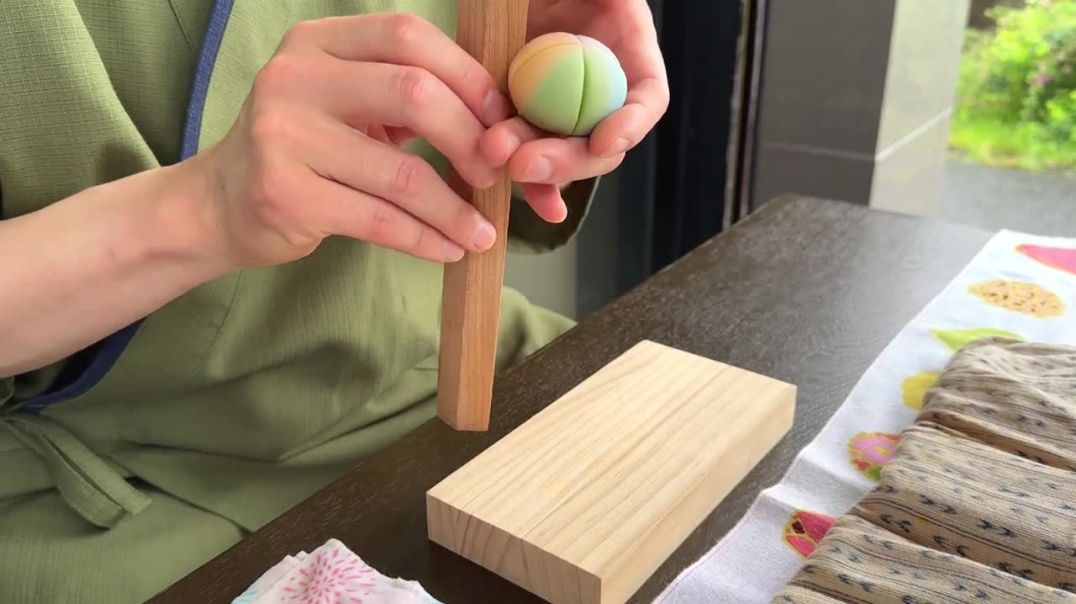66.8K Views· 02 April 2025
How to Make Traditional Japanese Salted Aged Salmon (Shiozake / Arasuke) – A 1,000-Year-Old Method
Salted and aged salmon, known as Shiozake (塩鮭) or Arasuke (荒漬け), has been a staple in Japan for over 1,000 years. This preservation technique enhances the umami flavor while allowing the fish to be stored for extended periods without refrigeration. The result is a firm, intensely flavorful salmon that pairs perfectly with rice, miso soup, and pickles.
Here’s how to make authentic, traditional salted aged salmon the Japanese way.
🛒 Ingredients & Tools Needed
Ingredients:
✅ Fresh Wild-Caught Salmon (preferably Autumn Salmon / Akizake from Hokkaido)
✅ Coarse Natural Sea Salt (avoid refined table salt)
Optional Enhancements:
✅ Sake or Shochu (for extra depth and aroma)
✅ Rice Bran (Nukazuke style aging) (for a different preservation method)
Tools:
✅ Sharp Knife (for filleting)
✅ Large Tray or Wooden Board
✅ Clean Cloth or Paper Towels
✅ Weight (Stone or Heavy Object)
✅ Drying Rack or Hooks (for air-drying)
📝 Step-by-Step Traditional Aging Process
Step 1: Selecting & Preparing the Salmon
🔹 Use fresh wild salmon with firm flesh and minimal fat. Farmed salmon is too oily and doesn’t age well.
🔹 Clean the fish thoroughly, removing all blood and inner organs to prevent spoilage.
🔹 Pat the fish completely dry with paper towels.
Step 2: Salting the Salmon (Arasuke - 初塩漬け)
🔹 Coat the fish generously with sea salt, covering every part—including the skin and cavity.
🔹 If using sake or shochu, lightly rub the fish before salting to enhance preservation.
🔹 Wrap the fish in cheesecloth or a clean towel, then place it in a tray or wooden box.
Step 3: Pressing & Aging (Shime - 熟成)
🔹 Place a heavy stone or weighted object (2-3 kg) on top of the wrapped salmon.
🔹 Leave it in a cool, well-ventilated space for 3-7 days to draw out moisture.
🔹 After 3 days, check for firmness and salt absorption—the flesh should be tighter.
Step 4: Air-Drying the Salmon (Hoshizake - 干し鮭)
🔹 Remove excess salt and pat the fish dry again.
🔹 Hang the fish in a cool, dry, and breezy area for 1-4 weeks (traditionally done outdoors in winter).
🔹 If humidity is high, use a small fan to help drying.
Step 5: Storing & Using the Aged Salmon
🔹 Once dried, store the fish in a cool, dry place or wrap it in parchment paper and refrigerate.
🔹 This aged salmon can last several months to a year.
🔥 How to Eat Traditional Salted Aged Salmon
1️⃣ Grilled Shiozake – Slice thinly and grill over charcoal until crispy.
2️⃣ Ochazuke (Tea Rice) – Flake salmon over rice and pour green tea or dashi.
3️⃣ Salmon Onigiri (Rice Ball) – Use the salted flakes as a savory filling.
4️⃣ Miso Soup Additive – Adds a deep umami flavor to broth.
🇯🇵 The Tradition & History Behind This Method
This centuries-old technique originated in Hokkaido and Niigata, where cold winters and sea salt were used to preserve fish naturally. Samurai, travelers, and farmers relied on aged salmon for its long shelf life and nutrient density. Even today, authentic Shiozake is a delicacy, often enjoyed in traditional Japanese breakfasts.
Would you try making this 1,000-year-old salted salmon at home? Let us know! 🍣🔥



























37 Comments
carinasampson
11 hours agoVDMMillie
21 hours agoBerndRmz2
22 hours agoWaxman of Tristate Car De
3 days agoKWYSherryl
4 days ago